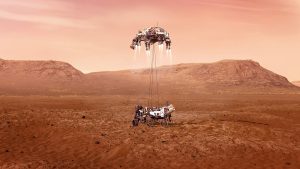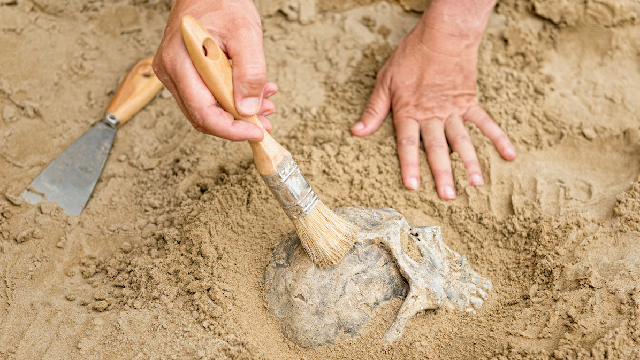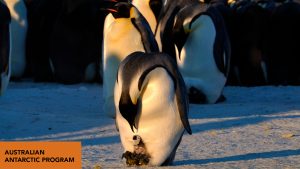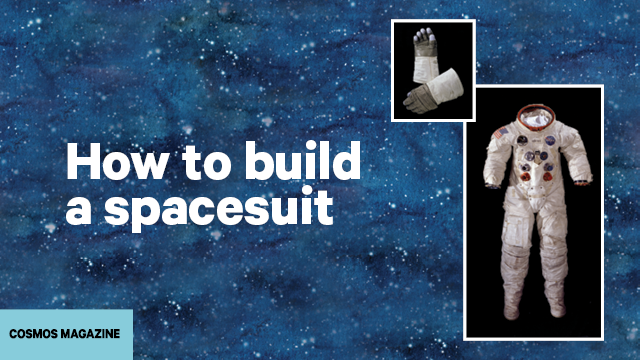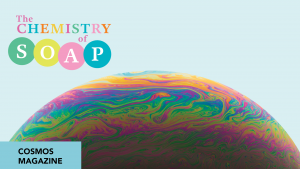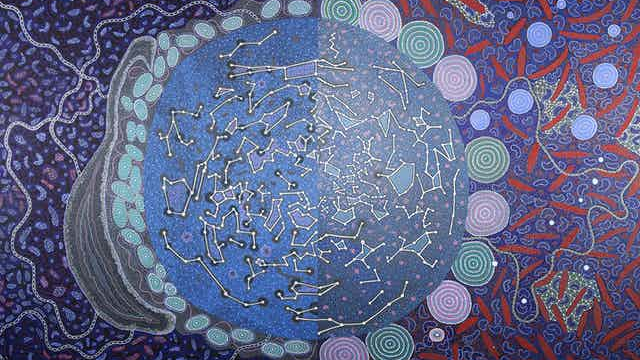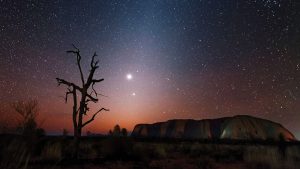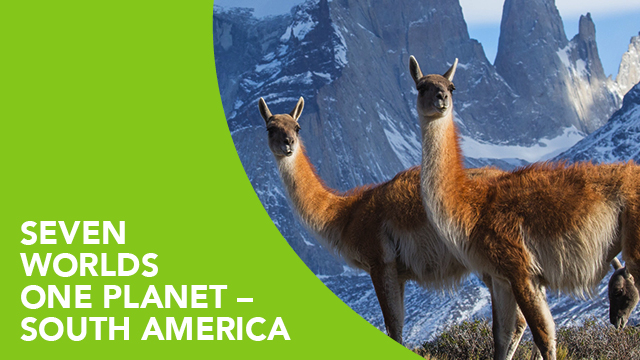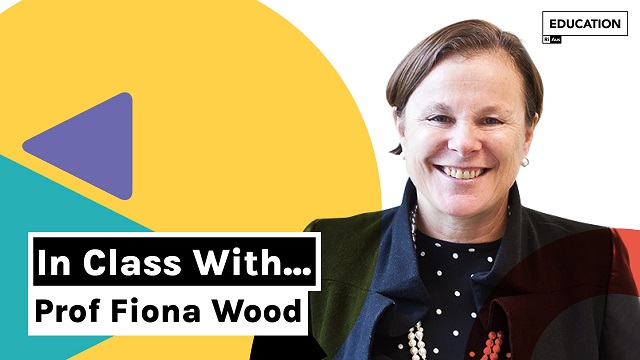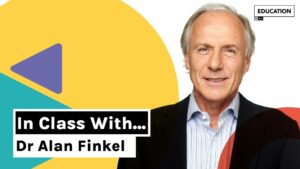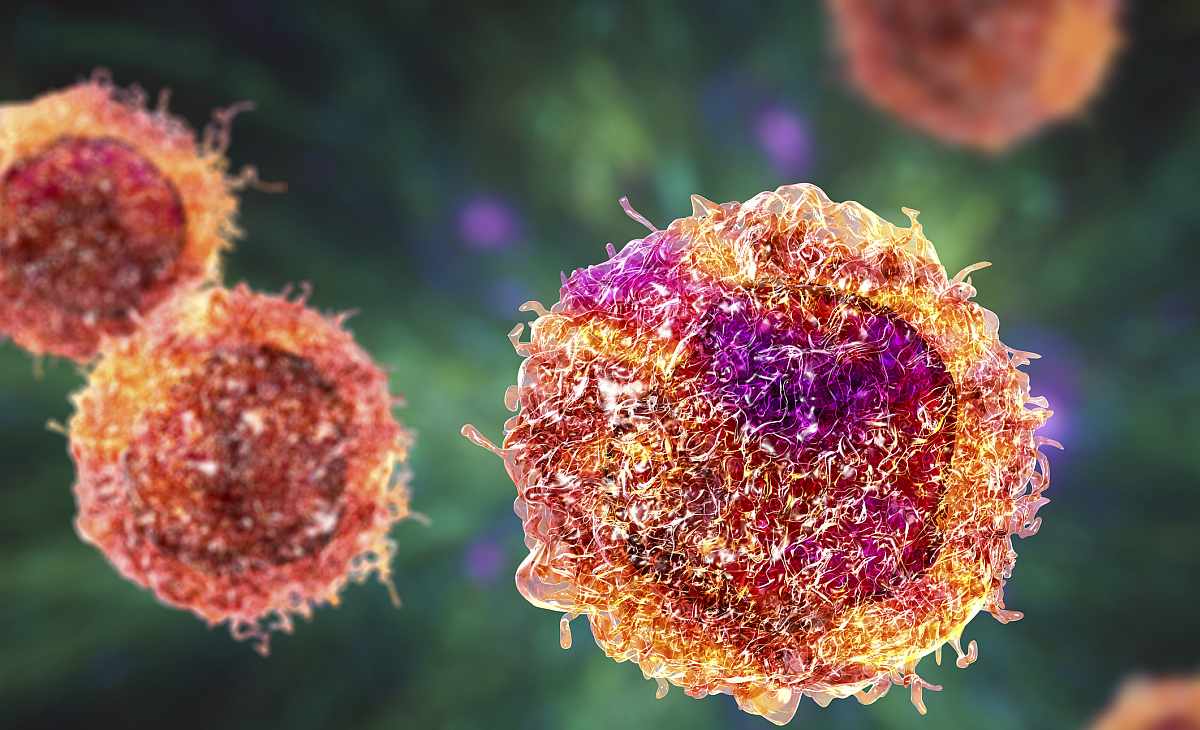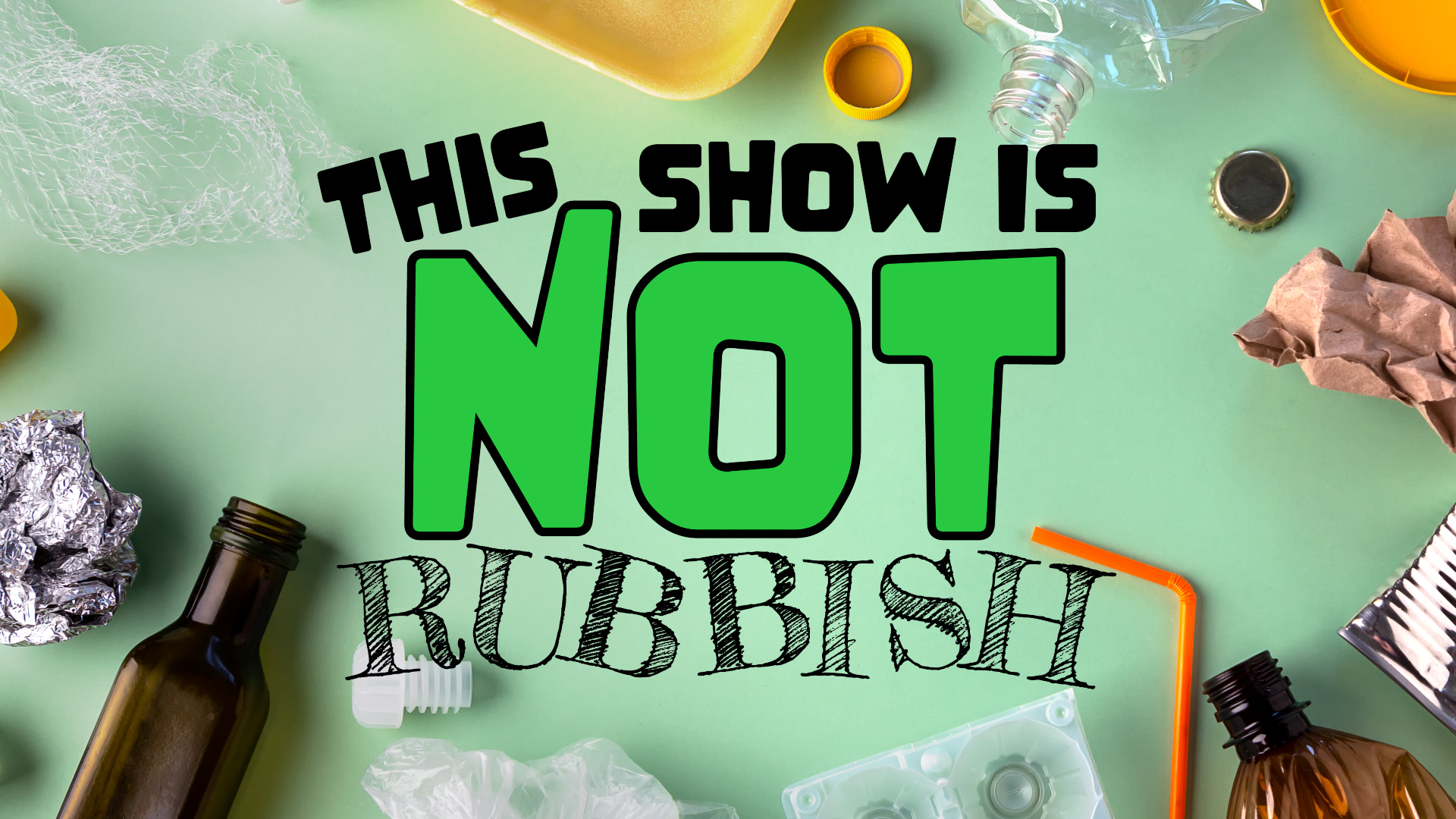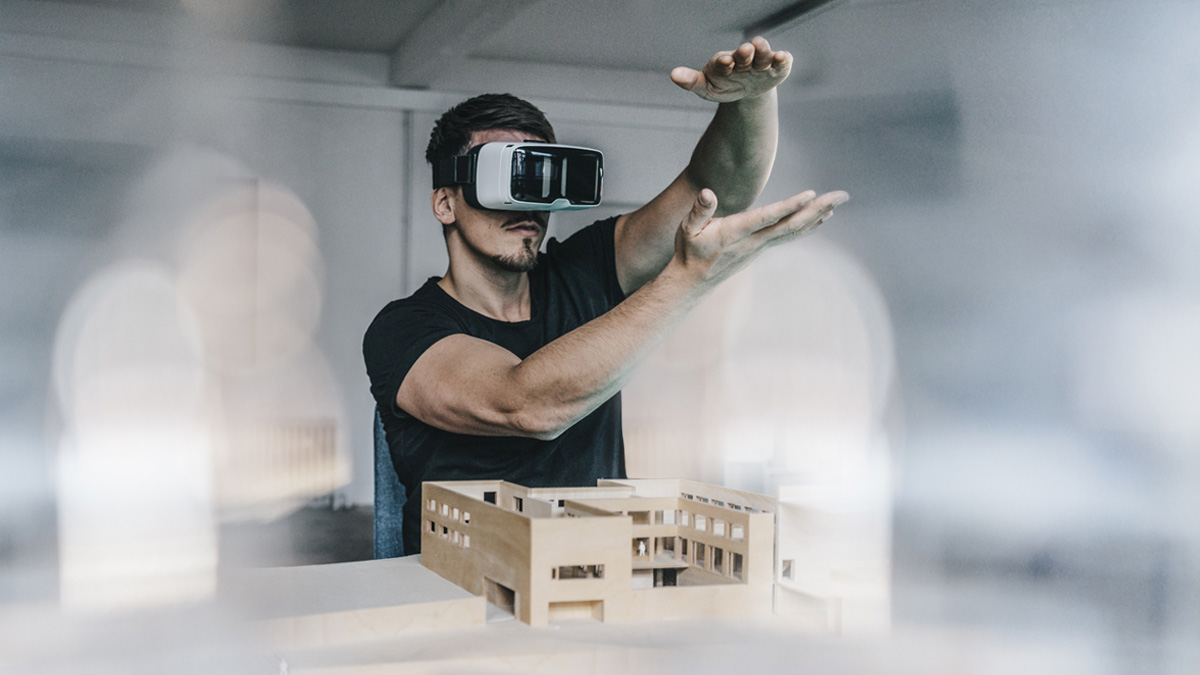As 2021 and the school year comes to a close, we have gathered a collection of our favourite, and most popular, STEM education articles, activities, videos and resources for you to look through.
This might help with your planning for next year, or maybe you’ll learn something new. Either way, these fun STEM resources from 2021 will inspire and engage both students and teachers.
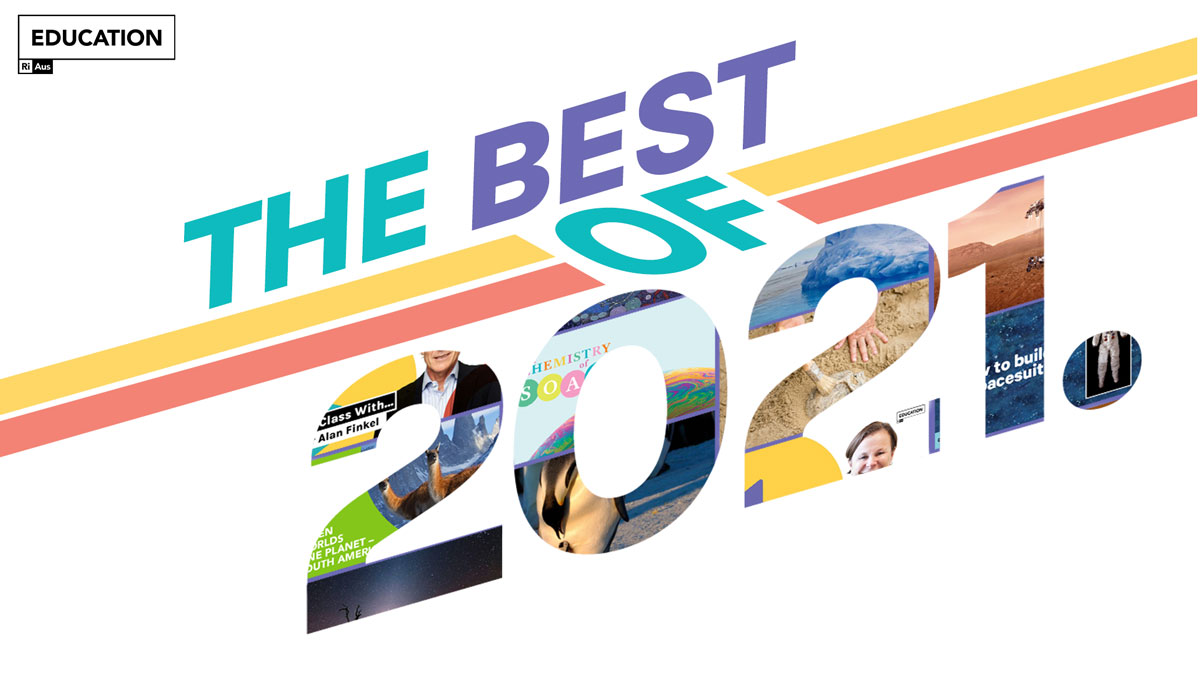
This year we explained some sciency-stuff…
Explainer: Landing Rovers With Newton’s Laws
How to land a Mars rover when you’re many, many millions of kilometres away.
This resource explains each of Newton’s laws and how they are used to land rovers, like Perseverance, on Mars. It is best suited to Year 7 and 10 Physics students.
Explainer: What is radiometric dating?
Dive headfirst into the weird world of dating by radioactive decay.
This explainer article details the different methods that we use to date ancient living things, and the science we use to do that. It is best suited to Year 9 and 10 Chemistry students who are learning about radioactive decay and atomic structure. An integrated research project is included in this resource.
…and partnered up with the Australian Antarctic Division to learn about Antarctic science.
Antarctica: Animal Adaptations
What adaptations do animals have to help them survive the harsh Antarctic conditions?
This extended resource is designed for Year 5 and 6 Biology students who are learning about animal adaptations and ecosystems. It covers the physical, behavioural and physiological adaptations that Antarctic animals have to survive and thrive in extreme conditions. You will find starter and plenary activities, design tasks, suggested solutions and students worksheets, all mapped to the curriculum and themed around Antarctica.
The Water Cycle: Water, Snow and Ice
What happens to the water cycle somewhere as cold as Antarctica?
This extended resource is designed for Year 7 Earth and Space students who are learning about the water cycle and states of matter. It covers the relationship between density and temperature, climate change and the human impact on the water cycle. You will find starter and plenary activities, practical investigations and guides, suggested solutions and student worksheets, all mapped to the curriculum and themed around Antarctica.
Get more Antarctic science resources here.
We resourced our favourite articles from Cosmos magazine…
How to build a spacesuit
Few uniforms are as recognisable and inspiring as those worn for space travel. But as we discover, the evolution of the spacesuit has taken decades of small, painstaking steps.
Find out how the design of spacesuits has changed and been refined over time in this resource for Year 5, 8, 9 and 10 students in any science. This extended resource is well suited to those learning about the body’s reactions to its environment, energy transfer and materials.
The Chemistry of Soap
A few minor cosmetic tweaks aside, the basic recipe for soap has endured for millennia. Let’s look at its literal love-hate relationship with water, its potency against a planet-busting virus, and why any attempts to improve upon it just won’t wash.
This extended resource is best suited to secondary school Chemistry students learning about chemical reactions, acids and alkalis and Biology students learning about cells. Try the student activity to get students making their own soap.
Find more Cosmos magazine resources here.
…and highlighted Indigenous science.
How making a film exploring Indigenous stories of the night sky enriched my perspective as a scientist
Radio astronomer and filmmaker Steven Tingay tells the story of two children learning the astrophysical and Indigenous stories of the universe.
Learn how science can be explored in a creative way to enhance our understanding in this resource for Year 9 and 10 Earth and Space and Physics students.
Solar System Knowledge of the First Australians
For at least 65,000 years, First Nations Australians have understood Earth’s place in the solar system and the universe.
This extended resource and activity are best suited to Year 5 Earth and Space students who are learning about the solar system. It explains some of the Australian Aboriginal astronomical traditions and understanding and how they connect with Western astronomy.
We brought films into the classroom with SCINEMA…
The Nature of Music
Revealing the mysterious and mathematical roots of music, from neanderthals to whales and Pythagoras to modern astronomers.
This film was submitted to the SCINEMA 2021 International Science Film Festival and was selected to feature in our Australian, Maths, Nature, Junior and School categories. It also achieved the SCINEMA Junior Award at the festival.
Seven Worlds, One Planet – South America
From the bone-dry deserts of the Atacama, where penguins weave their way through a minefield of snapping sea lions, to the lush cloud forests of the Andes, where Andean bears scale 30-metre trees in search of elusive fruits, South America is full of the unusual and ingenious. Narrated by Sir David Attenborough.
This film was submitted to the SCINEMA 2021 International Science Film Festival and was selected to feature in our Animals, Nature and School categories. It also achieved the Best Film award at the festival.
Find more SCINEMA films here.
…and asked some big names in STEM our questions.
In Class With… Professor Fiona Wood
Inventor of spray-on-skin and world-leading burns specialist, Professor Fiona Wood took on questions from school students around Australia in this exclusive In Class With… event.
With questions about her career pathway, the design process and advice for students, Professor Fiona Wood inspires students to do what they love and make the most of opportunities.
In Class With… Dr Alan Finkel
Renewable energy powerhouse Dr Alan Finkel took on questions from school students around Australia in this exclusive In Class With… event.
With questions submitted by video and in writing, Alan discusses everything from what a Chief Scientist is to whether or not nuclear energy is renewable. He even has some advice for students hoping to be successful.
Find all of our In Class With… series here.
It’s been a big year for our STEM educational resources, with over 220 new resources published. Every single one of these resources is mapped to the National Curriculum and completely free for you to use anytime, anywhere. We know 2022 is going to be another year of excellent resources, so keep an eye out for more. We will begin to publish these at the start of Term 2.
Have a well-deserved, restful break and we will see you again soon!
